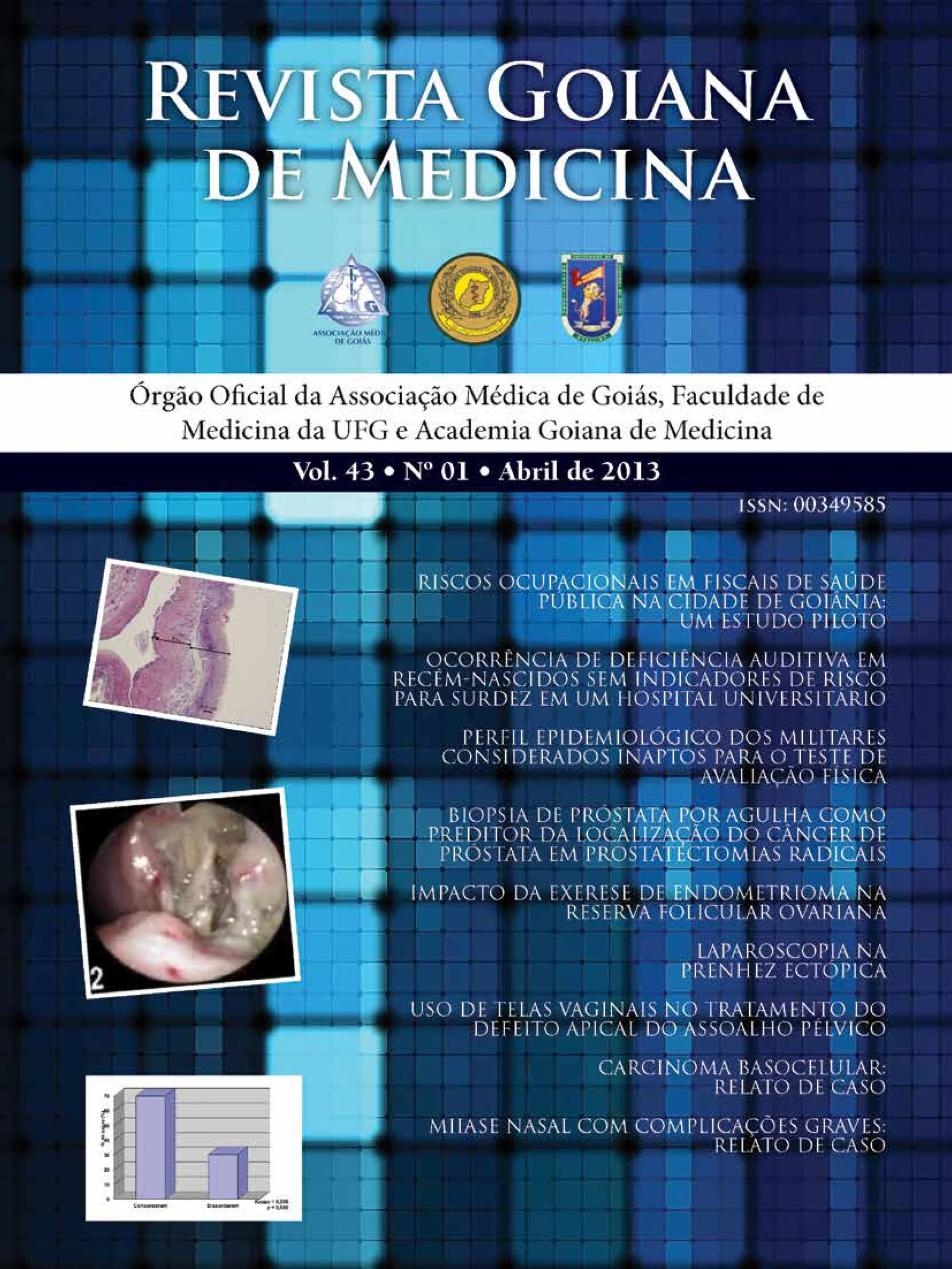Hearing impairment in newborns without risk indicators for hearing loss at a university hospital
Keywords:
Early Diagnosis, Hearing Loss, Deafness, Neonatal ScreeningAbstract
Introduction: An early diagnosis and intervention in hearing loss are key for child development, as the prevalence for hearing impairments is higher than that of other birth disorders. Objective: To estimate the occurrence of hearing changes in newborns without risk indicators for hearing loss at a university hospital.
Material and method: This cross-sectional, prospective study assessed 165 newborns, delivered at a public hospital, between May of 2008 and May of 2009.
Results: Considering the 165 participants, emissions were absent in 27 (16.4%), who were thus forwarded for a second emission. Of the 14 (51.9%) children who attended the retest, 5 (35.7%) continued without emission and were therefore forwarded to an otolaryngologist. Four (80.0%) children attended the appointment and were examined by the physician. Two (50.0%) presented a normal otoscopy, and were forwarded for an assessment of the Brainstem Auditory Evoked Potentials (BAEP). Considering all the studied children, for 147 (89.1%) emissions were present in one of the tests and, one child (0.6%) was diagnosed with hearing loss.
Conclusion: It was found that 0.6% of the studied population presented hearing changes.


